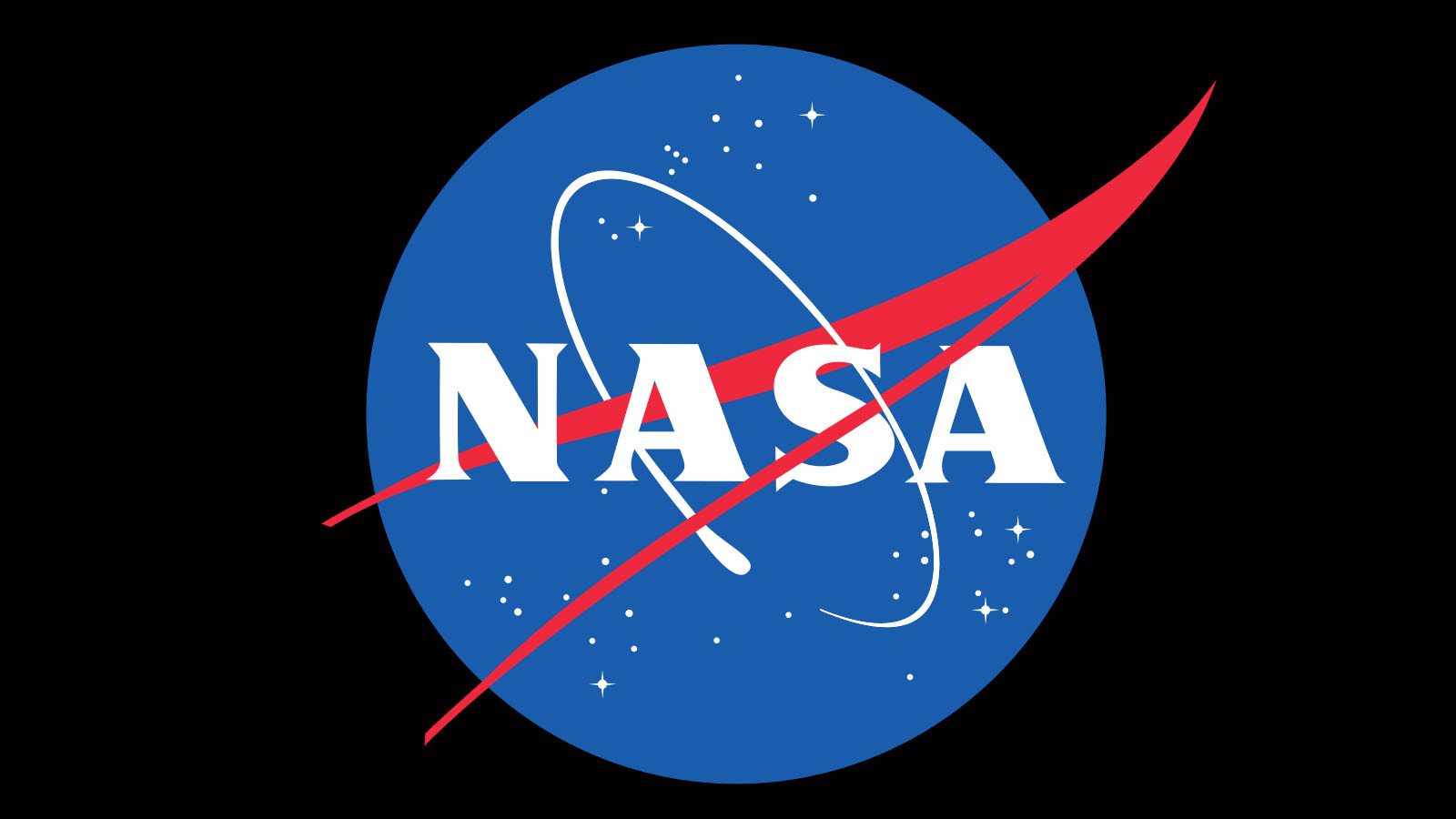Space History Photo: Aerial view of Lupa

In this historical photo from the U.S. space agency, a NACA-Lewis 10ft x 10ft Unitary Supersonic Wind Tunnel in May of 1956.
The Unitary Wind Tunnel Plan Act of Congress, a post-war act, stipulated that NACA wind tunnels were to be made available to industry for testing. This push was to encourage the improvement of existing aircraft engines.
This aerial view shows the size of the facility. The Lewis Center is now known as the John H. Glenn Research Center.
The National Advisory Committe on Aeronautics (NACA) was a precursor to NASA. NACA was created by Congress in 1915.
Each weekday, SPACE.com looks back at the history of spaceflight through photos (archive).
Breaking space news, the latest updates on rocket launches, skywatching events and more!

The National Aeronautics and Space Administration (NASA) is the U.S. government agency in charge of the civilian space program as well as aeronautics and aerospace research. Founded in 1958, NASA is a civilian space agency aimed at exploring the universe with space telescopes, satellites, robotic spacecraft, astronauts and more. The space agency has 10 major centers based across the U.S. and launches robotic and crewed missions from the Kennedy Space Center in Cape Canaveral Florida. Its astronaut corps is based at the Johnson Space Center in Houston. To follow NASA's latest mission, follow the space agency on Twitter or any other social channel, visit: nasa.gov.
